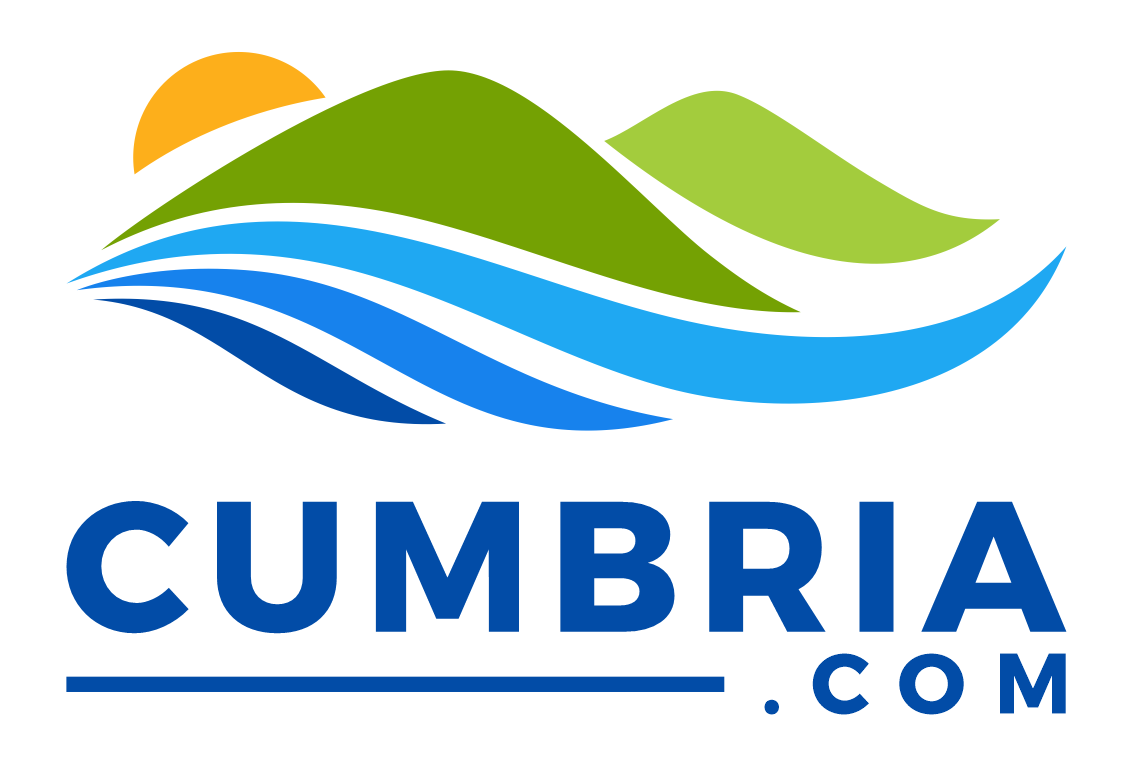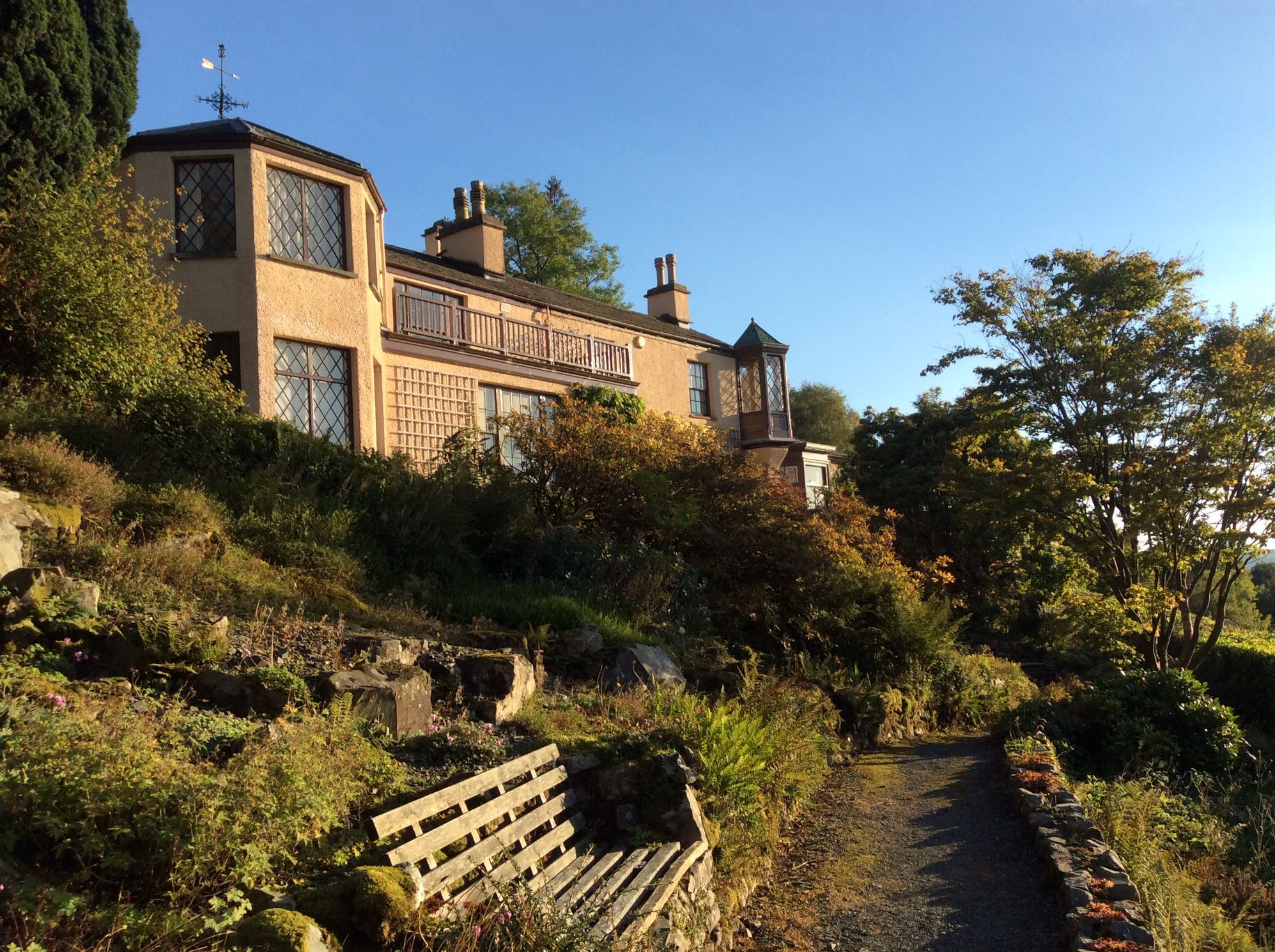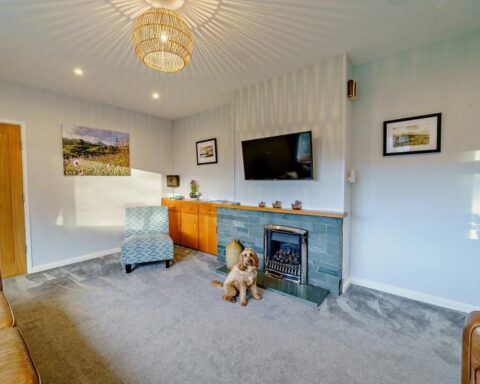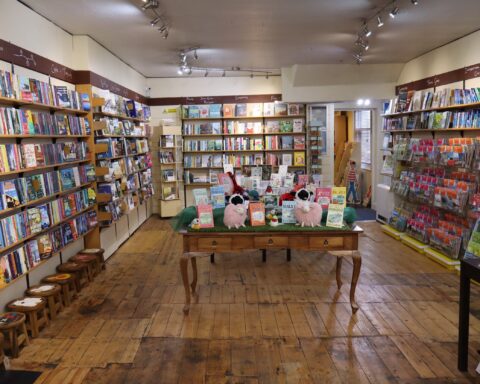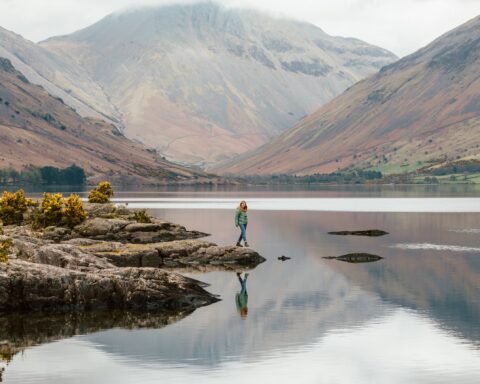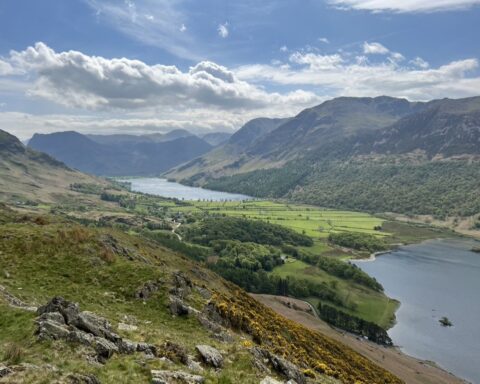The home of John Ruskin on the Shores of Coniston Water
Brantwood is one of the most beautifully located historic houses. It is set in the Southern Lake District on the steep eastern banks of Coniston Water, with superb views of Coniston Old Man, the Southern Fells and the lake below. Brantwood is a fitting name for the estate as ‘Brant’ originates from a Nordic word meaning steep.
It’s easy to see why John Ruskin, one of the most influential Victorians, finally settled here in 1872. Once a typical Lakeland cottage, the house eventually evolved into what you see today. Ruskin added 12 rooms and a network of trails through pretty gardens on the hillside.
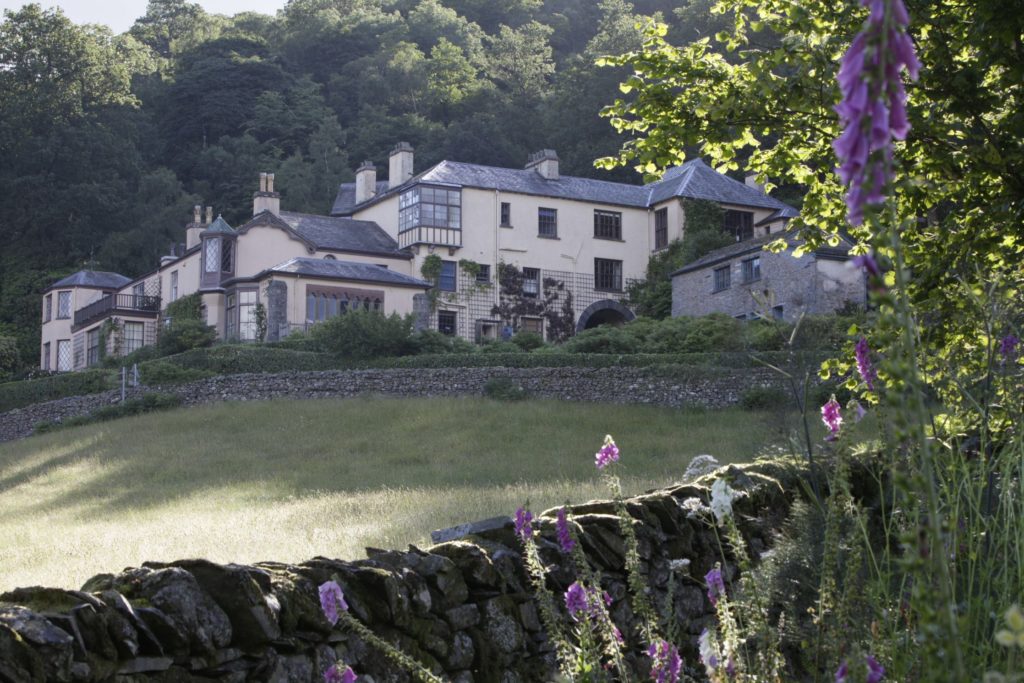
The Evolution of Brantwood
John Ruskin’s cousin Joan Severn and her family came to live at Brantwood, which influenced much of the expansion work. The upper floor, known as the “Eyrie”, was where the Severn’s lived. Complete with a school room and a studio for Arthur Severn to paint in, no expense spared. Joan came to support Ruskin through a bout of mental illness; she was thoroughly devoted to him.
The Eyrie, The Lodge and The Coach House are all available as self-catering accommodations. Immerse yourself in the Ruskin Brantwood experience with truly world-class views. To find out more, click here.
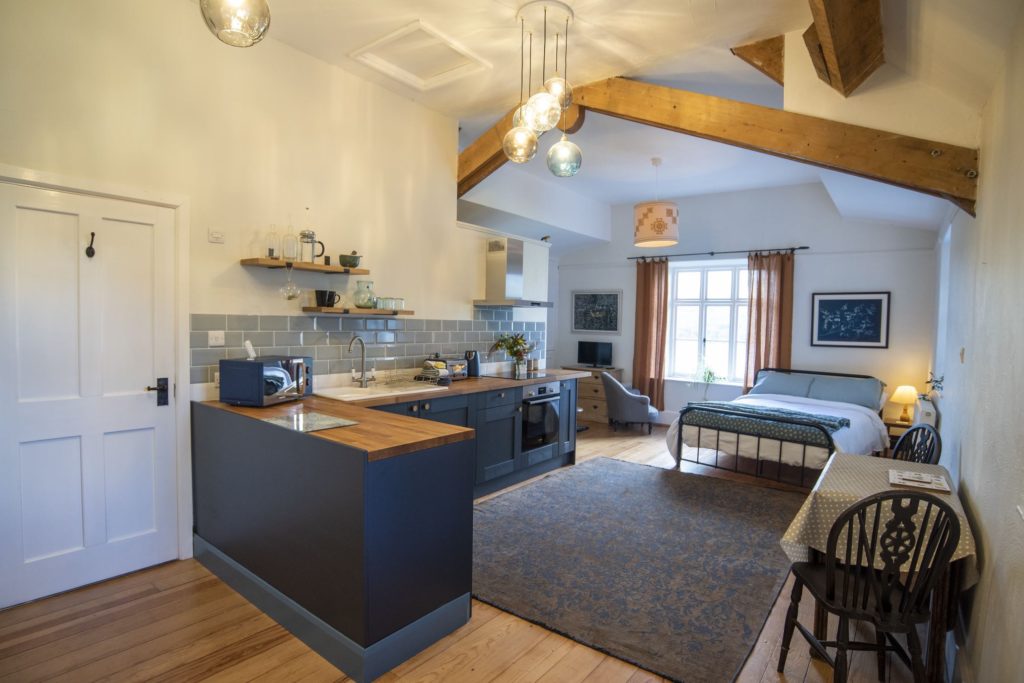
Brantwood the Museum – View Ruskin’s Treasures
Brantwood grew into the perfect home for Ruskin’s eclectic collections. An assortment of artwork, minerals, treasures and original Victorian furnishings that Ruskin once used. To this day, Ruskin’s mahogany desk sits in his study. He would have spent many hours at this desk, writing his countless works on geology, education, political economy and architecture. Ruskin was classed as a Polymath; he knew much about many subjects.
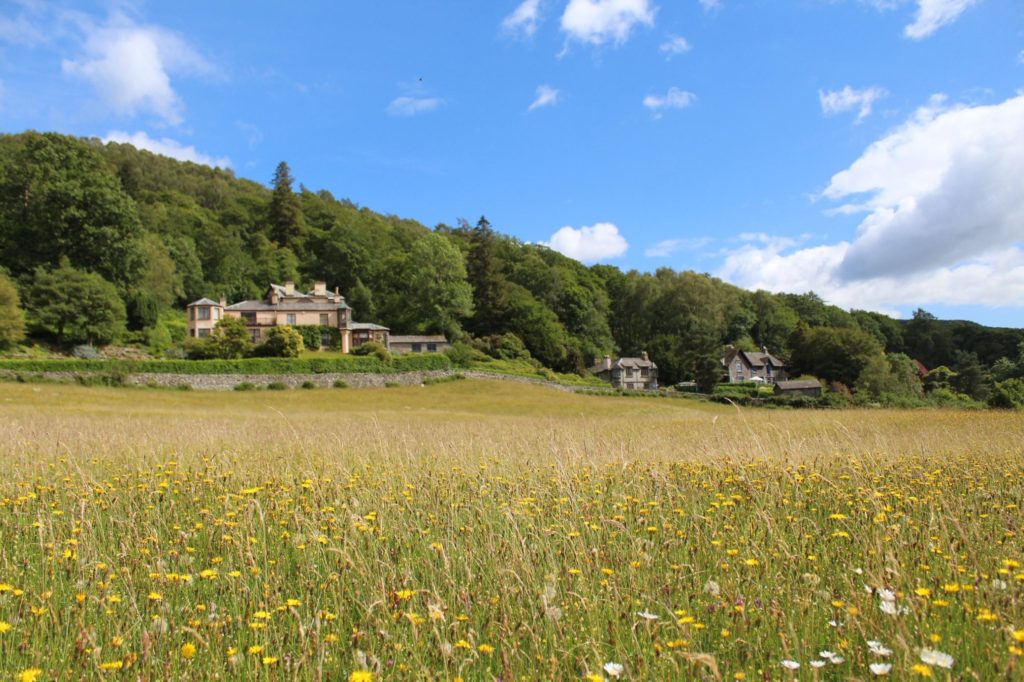
The Gardens and trails
Brantwood is surrounded by 250 acres of land, divided into eight unique gardens; the more energetic folk can climb to the heights of Crag head. You can gain an impressive view from the top. Many come to explore the trails, finding native plants, flowers, herbs and lakeside meadows.
Both John Ruskin and Joan Severn were heavily involved in the gardens. They created various engineered terraces, such as the Ziggy Zaggy – based on Dante’s Divine Comedy and the Professor’s Garden – a place of Tranquility for Ruskin. Joan Severn created the biggest of all terraces. Joan needed somewhere genteel to walk with her lady friends. This was the intention of the High Walk. On the way to the High Walk is the Maple Walk. If you visit in Autumn, you will witness a fantastic display of crimson leaves from the maples and acers.
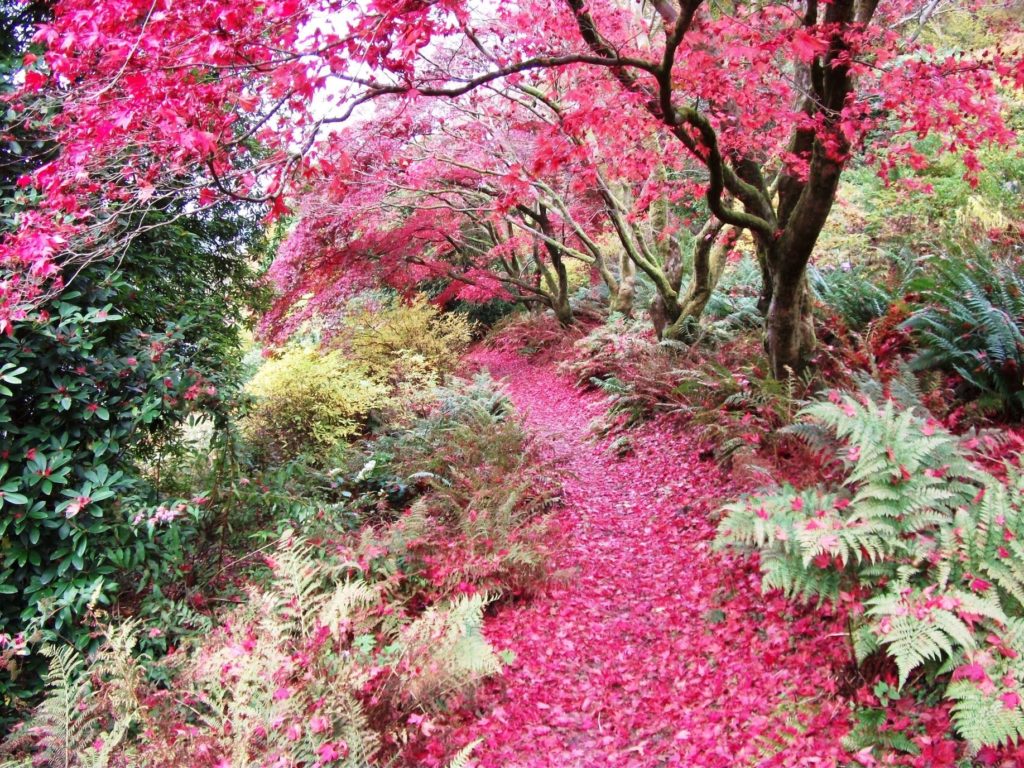
Brantwood Open to the Public
Brantwood continues in the spirit of John Ruskin, holding numerous art exhibitions, open-air theatric events, concerts and Ruskin-related exhibitions in the Blue Gallery in the house. A lovely shop also sells books, gifts, postcards and other trinkets. Visiting Ruskin’s former home is a great wet or dry weather activity with indoor and outdoor options.
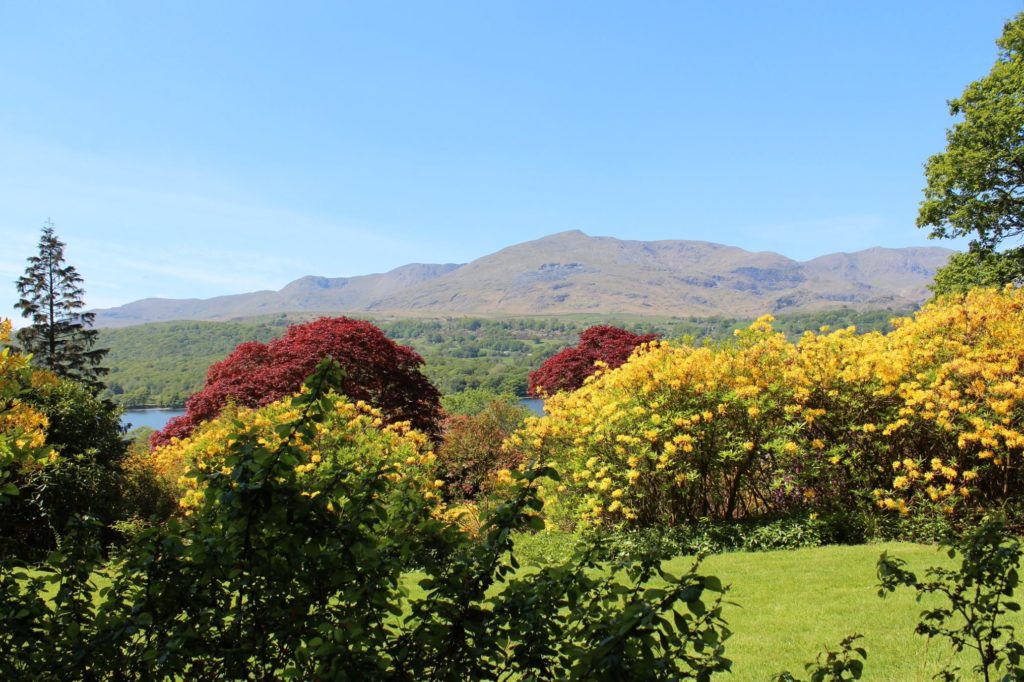
Who was John Ruskin?
John Ruskin (1819 – 1900) was an influencer of his time, an art critic, poet, author, visionary, and social revolutionary with a passion for art, geology, architecture and natural history. Ruskin came from a privileged background. His father was a successful wine merchant; therefore, he was encouraged to pursue his passion for the arts. He was educated in London and Oxford and subsequently published his first book, The Poetry of Architecture, in 1836. This was before making his name as an art critic with the book Modern Painters in 1843. Ruskin admired the work of JMW Turner, and the book ‘Modern Painters’ was a defence of Turner’s work. He recognised Turner as the greatest of all British Painters.
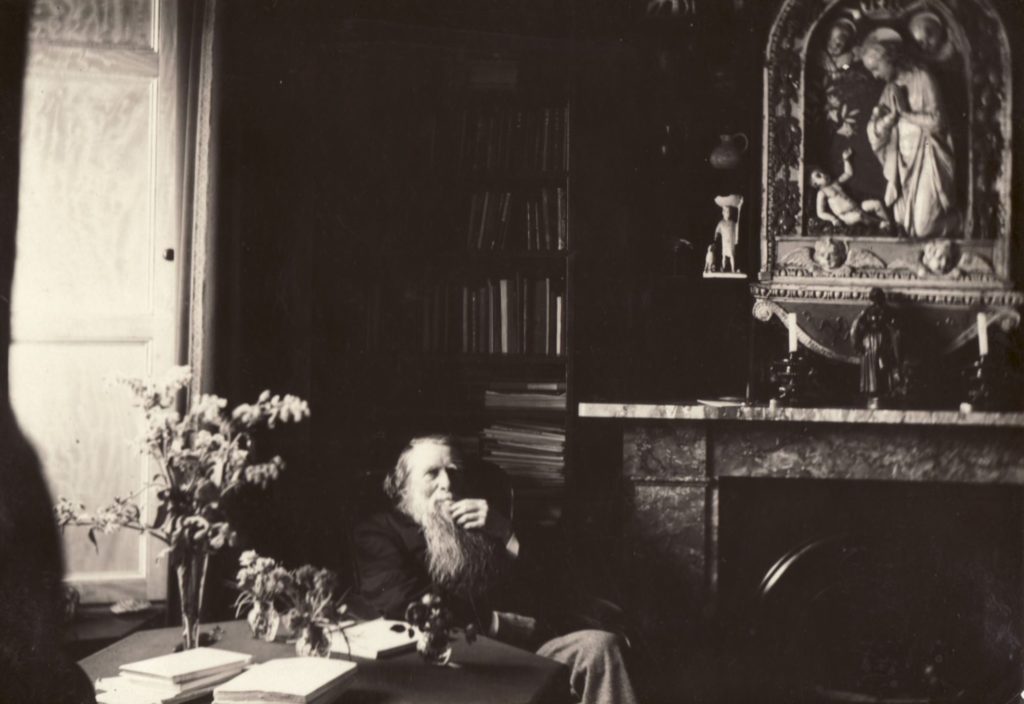
Ruskin soon became Britain’s leading authority in Art and Architecture, producing writings and books on this topic, including The Stones of Venice, which contained the first principles of architectural conservation. In the early 1850’s Ruskin became friendly with a group of young artists, the Pre- Raphelite circle and went on to be a champion for the movement. Inspiring people like Gandhi and Tolstoy with his views on the distinction between labour, craftsmanship and social justice around work conditions.
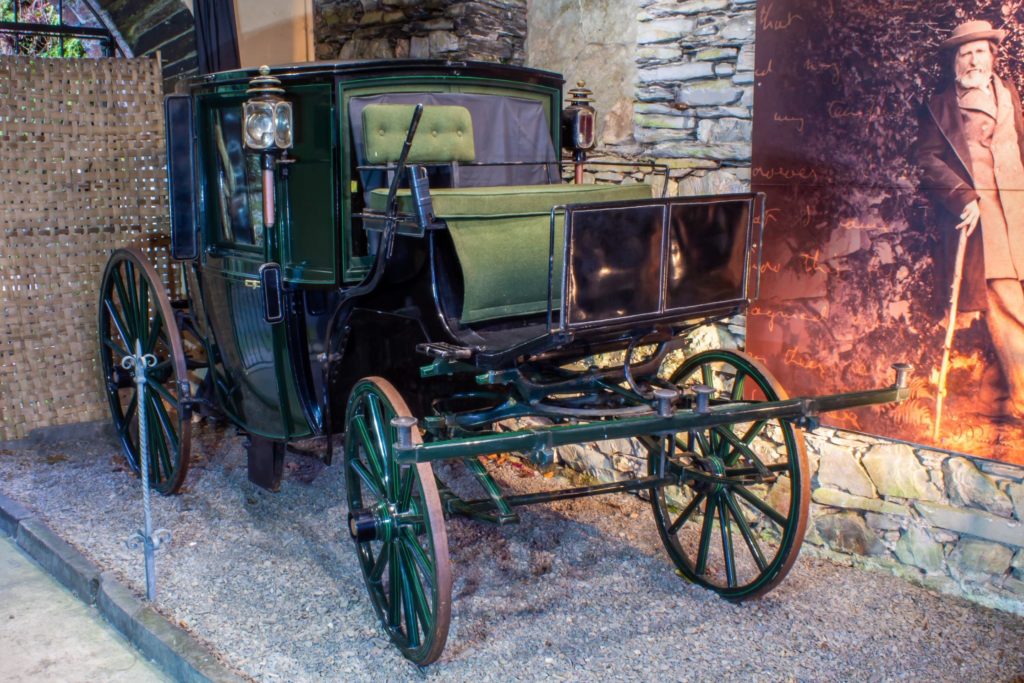
In 1857 Ruskin produced a book titled The Elements of Drawing, and he began teaching publicly at a Working Mans College. So dedicated to teaching art, he later opened Ruskin’s School of Drawing and Fine Art at Oxford University in 1871. The school is still going to this day and is one of the best art schools in the country. Ruskin was the thinking and inspiration behind the National Trust, the welfare state that we have today, the NHS and the formation of public libraries to name but a few areas that he influenced.
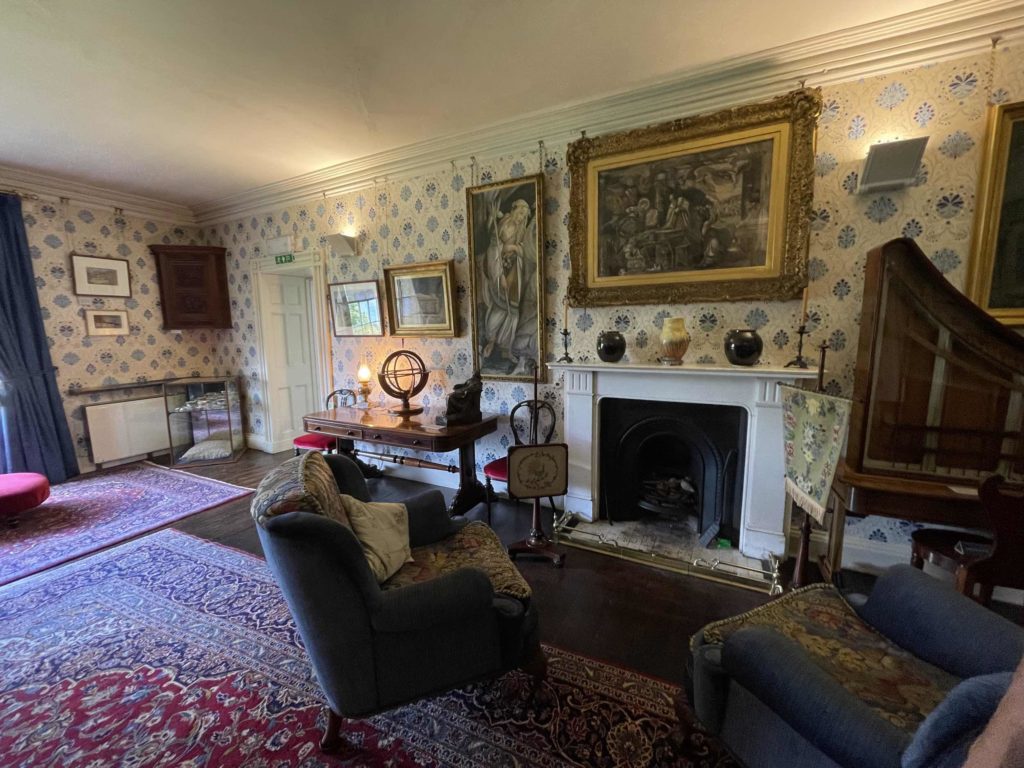
How do I get to Brantwood?
You can get to Brantwood several ways; drive, cycle, or walk the 2.5miles from Coniston following the B5285 or for a different approach, take a lake cruise on the Steam Gondola or the Coniston Launch, which both stop at Brantwood.
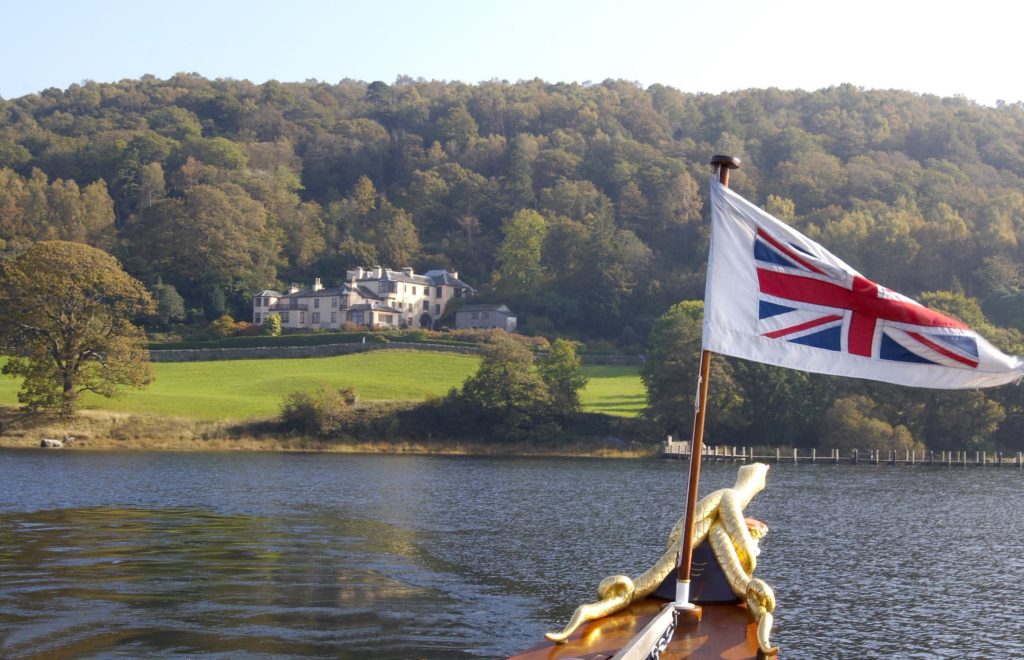
Are there any refreshments available?
The former Coach house has been transformed into a coffee house and restaurant called the Terrace. The views are mind-blowing, making the Terrace a special place to stop and relax. First, treat yourself to a traditional tea and scone, or try a delicious, freshly made option from the menu. Then, sit back and enjoy the view.
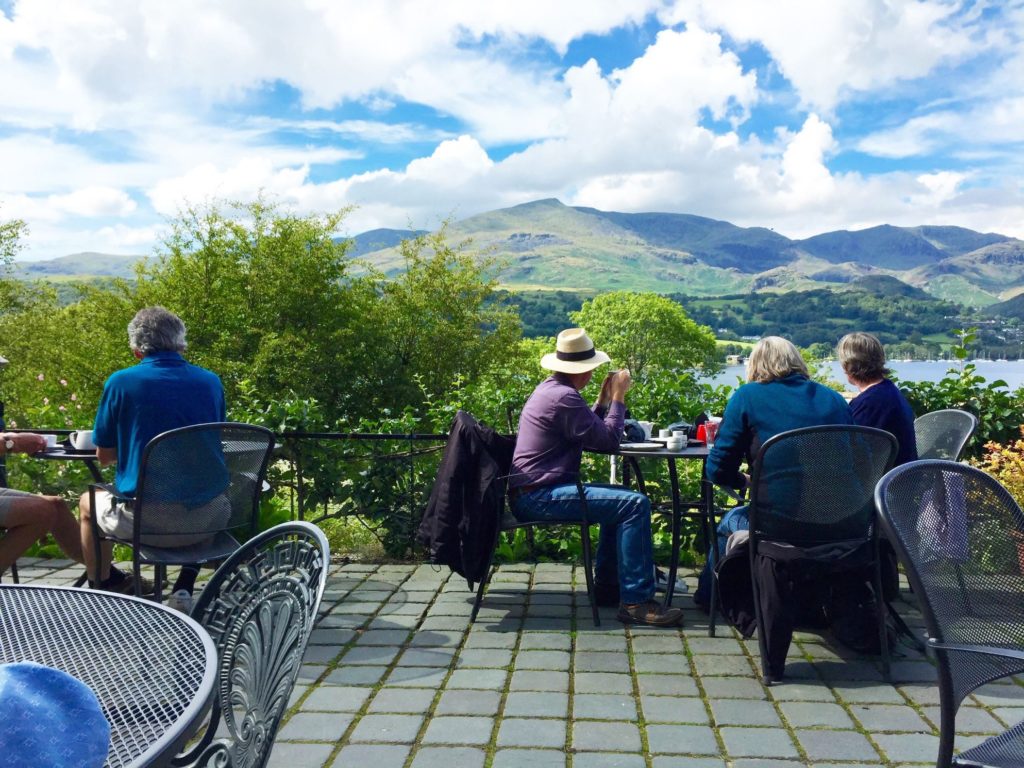
What else can I do at Brantwood?
Dig a little deeper, as Brantwood isn’t just what you see in front of you. There are also many exhibitions like the recent Arthur Ransoms Swallows and Amazons Exhibition, collections such as Ruskin’s Minerals, open-air theatre, weddings and several accomodation options if you would like to stay here.
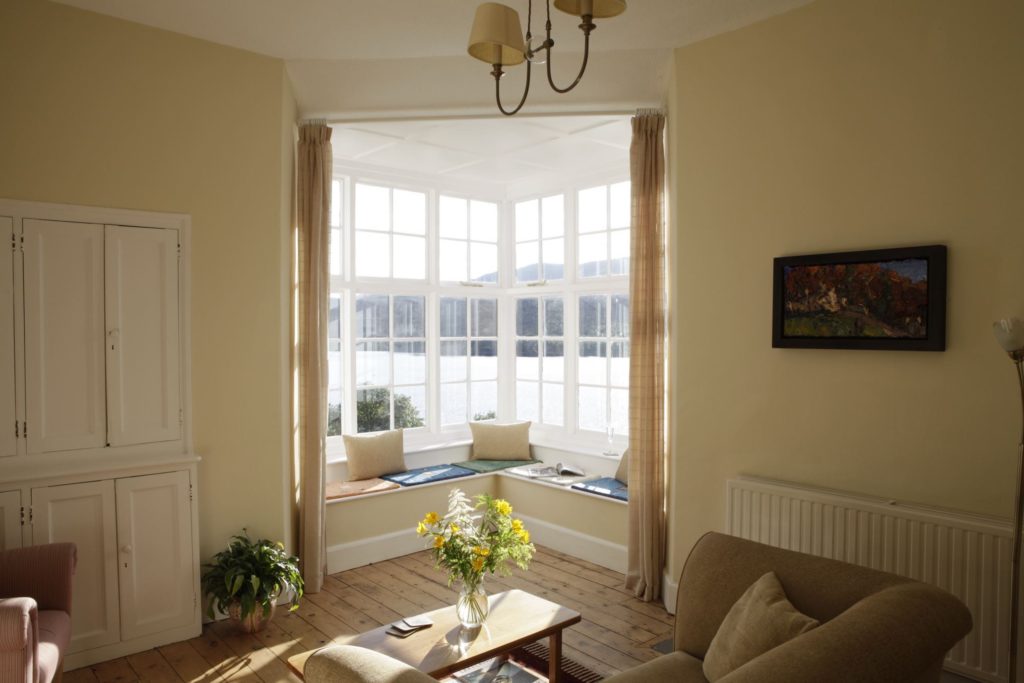
Opening Times and Admission
Brantwood is open all year: March-Nov, Everyday 10:30 am-5 pm
Winter times are Dec-March, Wed-Sun 10:30 am – 4 pm
Tickets for the house and garden are £9.50 and Gardens £7
If you would like more information, click here
